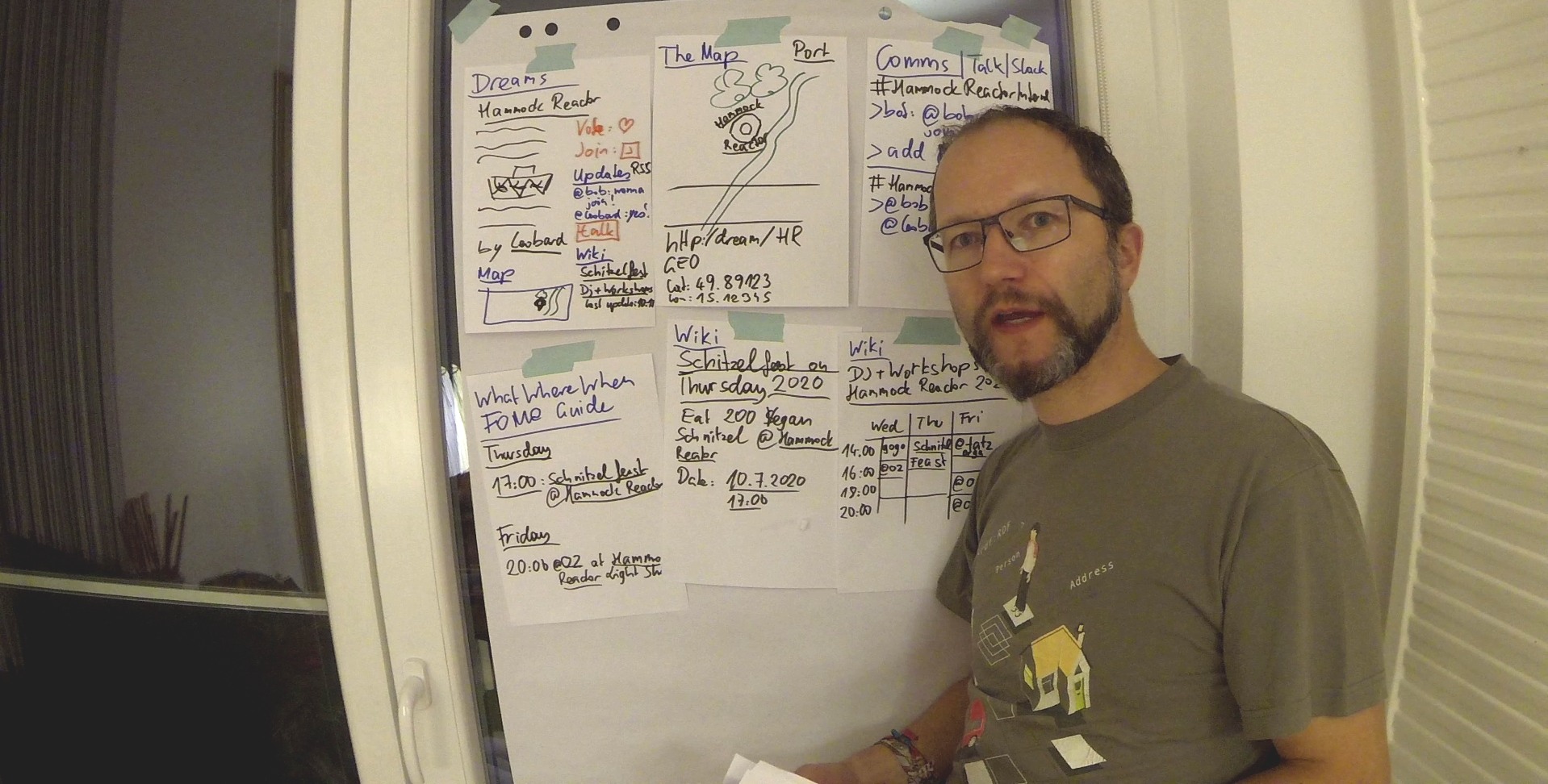News: portatour is a Software for route-planning and route-optimization for field sales force / sales reps. It is the future of fully automated sales-route planning for your field sales force, consultants, and service team members. Automatic scheduling can cut up to 25% of your mileage and save CO2, increasing revenue the same time.
You may be interested in this because that is the company I have been consulting the last months. It is a fascinating business to optimize sales routes and I help in marketing and sales.
Sales reps have been planning their schedules and routes manually, which took hours to do and essentially it is pretty hard to put together a meaningful itinerary with all of your customers, ranked by priorities, honoring call frequency and scheduled appointments – using only an excel sheet of your customer addresses and a road map.
In fact, it is so hard that even computers can’t do it easily – sales route optimization is classified as “NP hard problem”, which are the toughest problems in computer science. Reason is, that with growing customer numbers you have exponentially more calculations to do. portatour can optimize your routes to 1000 customers, which will basically plan you throughout the whole year. Now, between 1000 customers, you have a million possible drives between all of them. You can visit 5-20 customers a day, so portatour needs to optimize between 50 and 200 tours to visit all of the customers in an optimized way. BUT portatour also picks, which customers to visit. That means, it also looks at the desired call frequency (call interval) and includes customers earlier in your route, when they are more urgent to visit. Over a year, portatour will pick 5-20 customers each day from a set of 1000. If you pick every customer only once, you end up with 1000! (factorial of 1000) ways to do this, which is a number with 2567 zeros after it. The number of atoms in the universe has only about 80 zeros. Within these choices, portatour looks for an optimized route. So, if you are a sales rep and spend your sunday planning your next week’s sales routes, you may want to look for a software that helps.
portatour® plans sales trips within seconds at the push of a button, giving sales reps back valuable time which would otherwise just be left on the road. They can visit more customers, drive fewer miles.
portatour® is applicable in different scenarios, here are a few:
route planning software for field sales force | route planner software for field sales force | route planning software for field sales reps | route planner software for field sales reps | route optimization software for field sales force | route optimizer software for field sales reps

